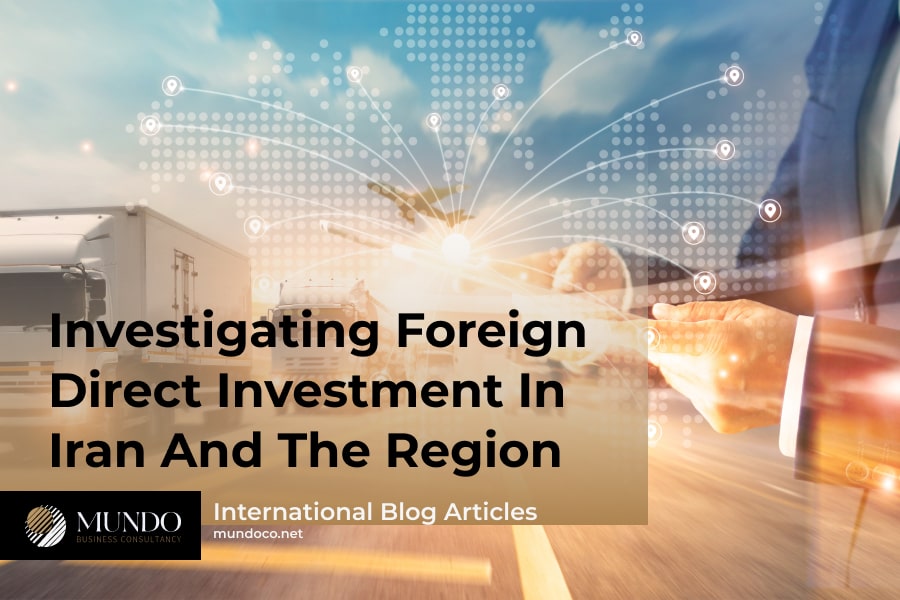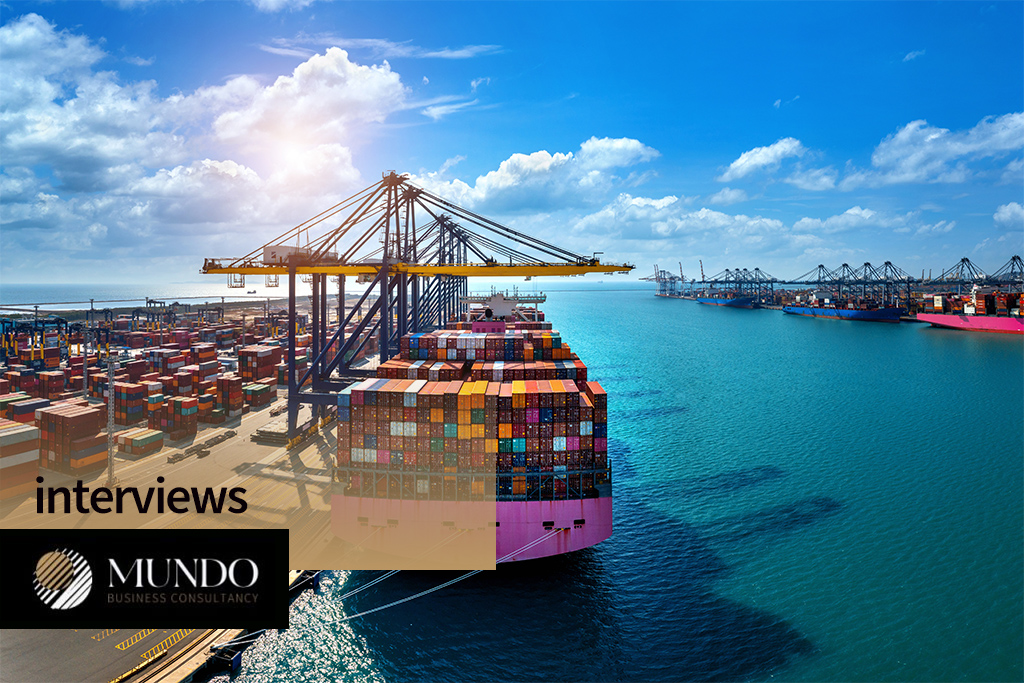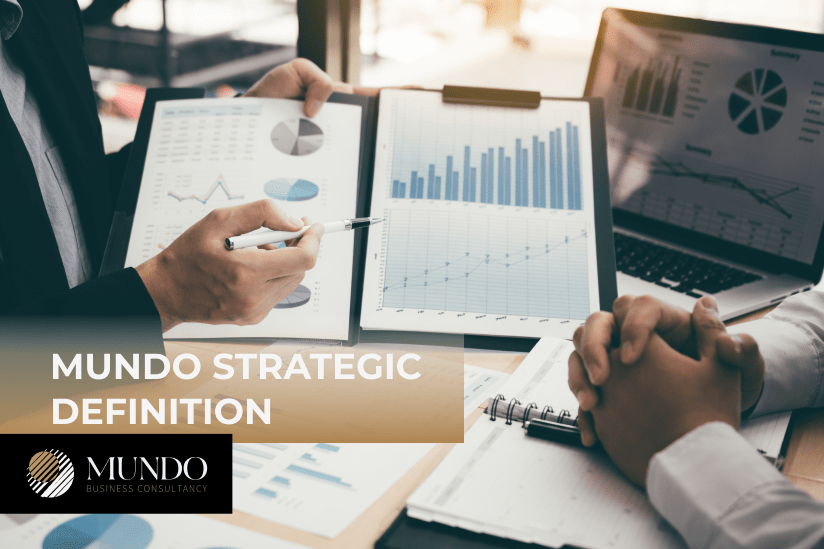Investigating foreign direct investment in Iran and the region
Foreign Direct Investment (FDI) Foreign Direct Investment is one of the most common and important non-debt financing methods, the return of principal and profit of which is not guaranteed by the banking system and the government of the host country; Rather, the risk of capital return is borne by the investor. This type of investment is mostly made by the private sector and multinational companies. Therefore, due to the vital and major role of foreign direct investment in economic development and growth, each country adopts measures that are appropriate to the conditions of its country to attract better and more of it by providing facilities and special support to foreign investors. The attraction of foreign capital is considered as the driving engine of economic growth and development in the theories and models of economic growth of the advanced countries of the world. Therefore, attracting foreign capital is one of the most important concerns of statesmen and economic decision makers in every country. The UAE is the most successful Persian Gulf country in attracting foreign capital by attracting 13.8 billion dollars, followed by Saudi Arabia and Oman. Foreign direct investment involves the flow of capital from one country to another that gives foreign investors extensive ownership stakes in domestic companies and assets. Foreign investment means that foreigners have an active role in management as part of the investment or a sufficiently large stake that enables the foreign investor to influence the business strategy. A modern trend is towards globalization, where multinational companies invest in different countries.
For a better understanding of foreign direct investment, some concrete examples should be mentioned. A Japanese automaker is building a car assembly plant in Mexico. An Italian software company opens a sales office in Kenya to reach the Kenyan market with its services. A major Australian mining company establishes a smaller company in Angola to diversify its products and… In fact, FDI is considered a win-win event that brings capital and new jobs to developing countries. It brings development and at the same time creates opportunities for companies and investors. Large multinational companies will look for new opportunities for economic growth by opening branches and expanding their investments in other countries. Foreign direct investments include long-term physical investments made by a company in a foreign country, such as opening a factory or purchasing a building or companies, financial institutions and private investors who also buy or trade shares of foreign companies that are traded on a foreign exchange. be Commercial loans are another type of foreign investment and include bank loans issued by domestic banks to businesses in foreign countries or governments of those countries.
How does foreign investment work?
Foreign investment is largely seen as a catalyst for future economic growth. Foreign investments can be made by individuals, but are often efforts pursued by companies and corporations with significant assets seeking to expand their reach. As globalization increases, more and more companies have branches in countries around the world. For some multinational companies, opening new production and manufacturing plants in a different country is attractive because of the opportunities for cheaper production and labor costs. In addition, these large companies often seek to do business with countries that pay the lowest taxes. They may do this by moving their home office or parts of their business to a country that is a tax haven or has favorable tax laws aimed at attracting foreign investors. Some of the most popular tax havens attracting foreign investors include the Bahamas, Bermuda, Monaco, Luxembourg, Mauritius and the Cayman Islands.
Foreign direct investment versus indirect investment
Foreign investments can be classified in one of two ways, direct and indirect. Foreign direct investment (FDI) is physical investments and purchases made by a company in a foreign country, usually by opening factories and purchasing buildings, machinery, plant and other equipment in the foreign country. These types of investments have a lot more upside because they are generally considered long-term investments and help to strengthen the foreign country’s economy. Foreign direct investment includes companies, financial institutions, and private investors that purchase shares or positions in foreign companies that trade on a foreign exchange. In general, this form of foreign investment is not very desirable, as domestic companies can easily sell their investment very quickly, sometimes within days of purchase. This type of investment is sometimes known as Foreign Portfolio Investment (FPI). Indirect investment includes not only equity instruments such as stocks, but also debt instruments such as bonds.
The importance of foreign direct investment for developing countries
The IMF believes that the flexibility of FDI during financial crises may lead many developing countries to consider it as the private capital flow of choice. Although there is considerable evidence that such investment benefits host countries, they must carefully and realistically assess its potential impact.
Foreign direct investment (FDI) has proven to be resilient during financial crises. For example, in East Asian countries, such investment was remarkably stable during the global financial crises of 1997-1998. In contrast, other forms of private capital flows—asset and portfolio debt flows, and especially short-term flows—were subject to large changes over the same period (see Dadosh, Dasgupta, & Rata, 2000; & Lipsey, 2001). The resilience of FDI during financial crises was also evident during the Mexican crisis of 1994-95 and the Latin American debt crisis of the 1980s.
This flexibility could lead many developing countries to favor FDI over other forms of capital flows, furthering a trend that has been evident for many years (see Figure 1). Is it justified to prefer foreign direct investment over other forms of private capital input? This article sheds some light on this issue by reviewing recent theoretical and empirical work on its impact on investment and growth in developing countries. Foreign direct investment allows the transfer of technology, especially in the form of new types of capital inputs, to developing countries, which cannot be achieved through financial investments or trade in goods and services. FDI can also promote competition in the domestic input market. Recipients of FDI often receive employee training during the start-up of new businesses, which contributes to the development of human capital in the host country. Profits from FDI contribute to the company’s tax revenues in the host country. These types of investments can encourage the economic growth of local communities. Profits can be reinvested in the community to open new businesses that provide significant benefits to the community and together can open new opportunities to create new channels of foreign direct investment in companies in other sectors. slow down This provides a breath of fresh air for local people to live a better life with a better job with a high salary, where they can spend some money for fun with online betting.
When an investor makes foreign direct investment, he must leave aside the issue of race and color. Because it reduces the risk of chaos that may occur due to racism. By doing this, the company becomes a great business because it is more focused on the process of creating and receiving advice from other parties who are investors who can provide certain benefits for the development of the company. By investing in other countries, investors can have a second business outside of their local company and profit from the investment. Having a business in a foreign country can give investors more inspiration on how to have a stable and great company. This will be a great lesson for investors to develop their business.
Foreign direct investment and easy business acceleration
Through foreign direct investment, import and export traffic can be carried out easily without excessive taxes. This helps local sellers to develop as they have more power to control the market and keep prices stable. Of course, this provides easy trading for any product in import and export business. Direct investment can be a great success for local companies to grow and develop at higher levels. Foreign Direct Investment or FDI has changed the way people and businesses grow. Foreign direct investment provides many benefits to investors and recipients because there are two sides to this foreign direct investment. The advantage is that it provides sustainable local economic growth, good business for both sides and easy trade.
Foreign investment in Iran and its obstacles
Foreign investment data in Iran over the past 20 years show that the highest investment figure in Iran was 4.5 billion dollars. During the 20 years ending in 2019, Iran’s foreign investment process has faced many ups and downs, the most important reasons of which are international sanctions, economic instability, and the unfavorable business environment in Iran. During this period, the highest amount of foreign capital was attracted in the year 2011, amounting to about 4.5 billion dollars. After that, the attraction of foreign capital in the country started a downward trend and reached its lowest level in the last 20 years with the figure of 945 million dollars in 2015. Following the signing of the JCPOA, foreign investment in Iran increased again in 2016, but after that, due to the policies of the United States and the whispers of this country’s withdrawal from the JCPOA, the attraction of foreign investment began to decline again, and after the complete withdrawal of the United States from the JCPOA, Foreign investment decreased sharply in 2018 and reached about one billion dollars. In 2019, foreign investment in Iran was about 1.34 billion dollars, which has increased by 39% compared to 2019. The majority of foreign investment in Iran has been made through foreign direct investment, and investment in securities constitutes a small share of foreign investment. In 2019, investment in securities increased by 69% compared to 2019 and reached about 165 million dollars and accounted for 12% of the total foreign investment in the country this year.
UNCTAD believes that many countries
Developing countries attract little foreign capital due to high risk and political instability and unpredictable structure. Today, it has been proven in the world that countries that have a tense foreign policy are very unsuccessful in attracting foreign investment. In order to attract foreign investment, domestic investment conditions must first be provided, and until Iran’s business environment, which is currently ranked very low in the world, does not improve, there can be no hope of attracting foreign investors. Considering the budget deficit of the government, the decrease in oil revenues, the impossibility of exporting gas to the world, the limitation of foreign exchange reserves and finally the loss of capital in recent years, foreign direct capital could play an important role in the modernization and improvement of Iran’s economy, as a result of which Employment and economic prosperity in Iran will increase, and as a result, the Iranian market will become competitive and consumption will improve. Therefore, global sanctions are only one of the obstacles to attracting foreign capital in Iran, and JCPOA solved only part of the problems. Even before the JCPOA, Iran did not attract much capital, and the flight of capital to the southern countries of the Persian Gulf is proof of this claim. The foreign problem is only one of the problems of attracting capital, and of course, other problems and risk factors, including regional and global tensions, especially with the United States, as well as internal problems, including economic and political problems, and especially internal tension in the interpretation and implementation of laws are more important. They are the obstacles to attracting capital. Undoubtedly, the instability of the exchange rate in Iran is not attractive for any foreign investment, and until stable economic stability in the exchange rate can be achieved, Iran will not be able to attract significant capital.
According to the latest global data on foreign direct investment, the countries that managed to attract the most foreign direct investment by the end of 2020 were all developed and stable countries in the world, and this index has been influential in their development. The highest FDI rates are now in the United States, the Netherlands, Luxembourg, China, the United Kingdom, Hong Kong, Singapore, Switzerland, Ireland, France, and Germany. The total attraction of foreign direct investment in these countries is estimated at more than 37 trillion dollars.
Foreign investment in the region and the Persian Gulf
World Bank data shows that the level of foreign investment in the small island of Bahrain in the Persian Gulf, which was part of Iran in the past, is now at the level of a vast and populous country like Iran! Foreign direct investment (FDI) in the United Arab Emirates has achieved a 44.2% growth in 2020 compared to 2019 and reached 19.88 billion dollars, which is the highest amount, in 2020 despite the negative consequences of the Corona epidemic, which cast a shadow on the volume of investment and global trade. It has reached West Asia. This year, the UAE has signed more than 76 agreements with its trading partners to support and encourage investments. The successful policies of attracting foreign investors in the UAE have placed this country among the 15th in the world in this index. Turkey is the second most successful country in the region in attracting foreign investment, which recorded the figure of 7.6 billion dollars, and Egypt is in the third place with the attraction of 5.85 billion dollars. Saudi Arabia is in the fourth place with 5.4 billion dollars, Oman is in the fifth place with 2.85 billion dollars and Iran is in the sixth place with only 1.34 billion dollars. Even a war-torn country like Iraq attracted about 3 billion dollars of foreign investment in 2019, but after the spread of Corona, this amount experienced a sharp decrease. In October 2021, the Saudi government has set a new goal of attracting 100 billion dollars in foreign direct investment by 2030, and for this purpose, it is interested in the agencies of major global companies establishing branches in Saudi Arabia without paying taxes, although 100 billion The dollar is a seemingly unattainable goal for a country with closed and undemocratic policies like Saudi Arabia, but this goal setting shows that the country’s officials have realized the importance of attracting foreign investment.
The status of the credit rating of the Persian Gulf countries
Sovereign Ratings credit rating is a method of measuring the credit risk of a country, which is announced by credit rating agencies about the credit of governments and economic enterprises, and this index has a significant impact on foreign investment in a country. The main purpose of credit rating is to provide information to potential investors of capital markets such as bonds. Rating is a guide to investment risk. In other words, the rating is a measure of the probability of timely payment of bond interest to investors, in addition to repayment of the principal amount at the predicted time. In practice, investors adjust their investment policy based on credit ratings of economic enterprises. A high rank in this index allows countries to receive financial resources and large loans from domestic or foreign markets. Financial institutions, mutual funds and even traders cannot put their money in debt securities with low credit ratings. Credit rating is done by specialized global rating agencies, the main international credit rating agencies are:
– Standard & Poor’s
-Moody’s
-Fitch Ratings
Kuwait, Saudi Arabia, United Arab Emirates and Qatar have a high position with an A score in green, and Iran with a score of B+ is characterized by a downward credit in red.
Germany AAA
Kuwait AA
Diameter AA-
Emirates AA-
Saudi A
Malaysia BBB+
Oman BB-
Iran B+
Bahrain B+





